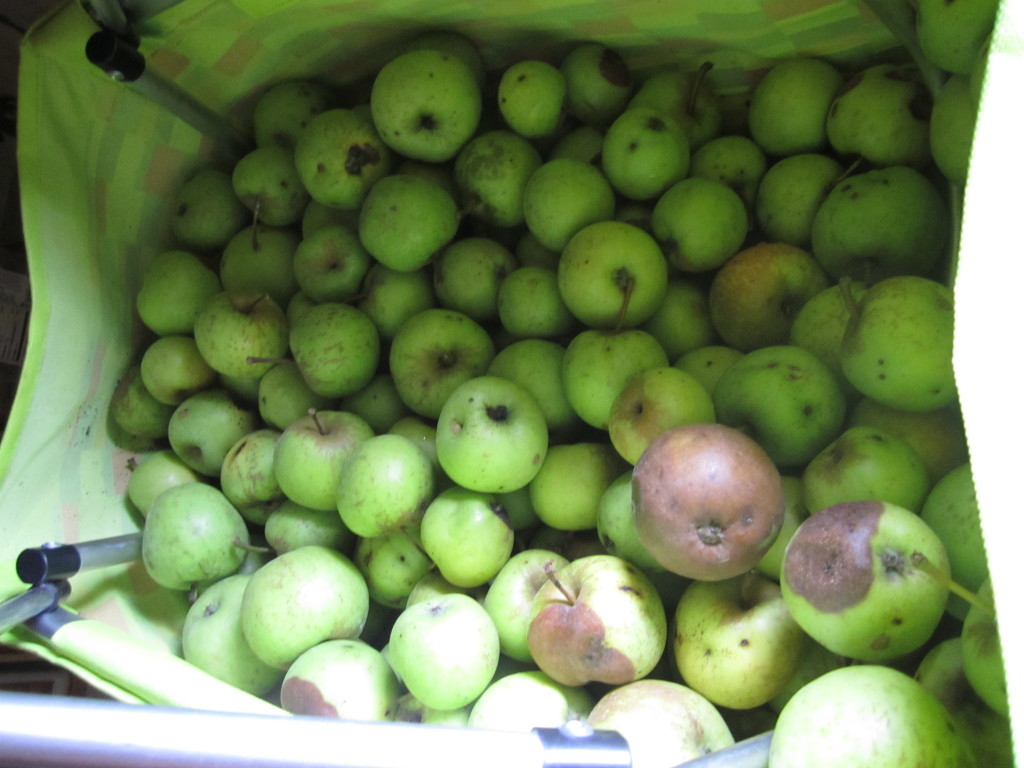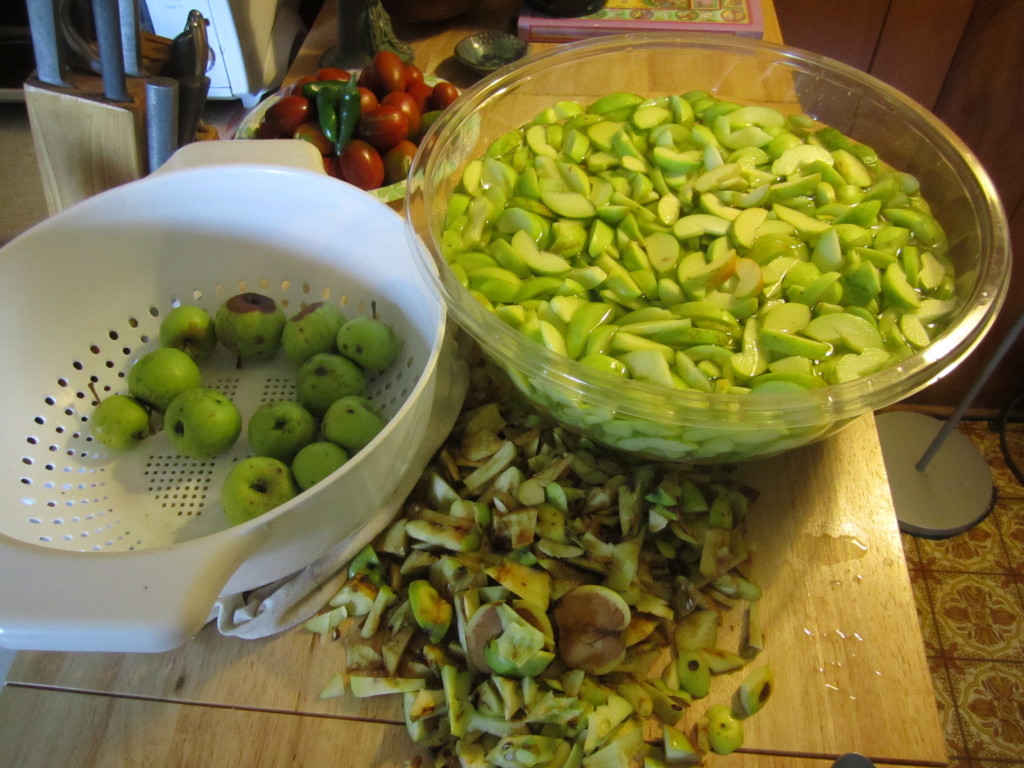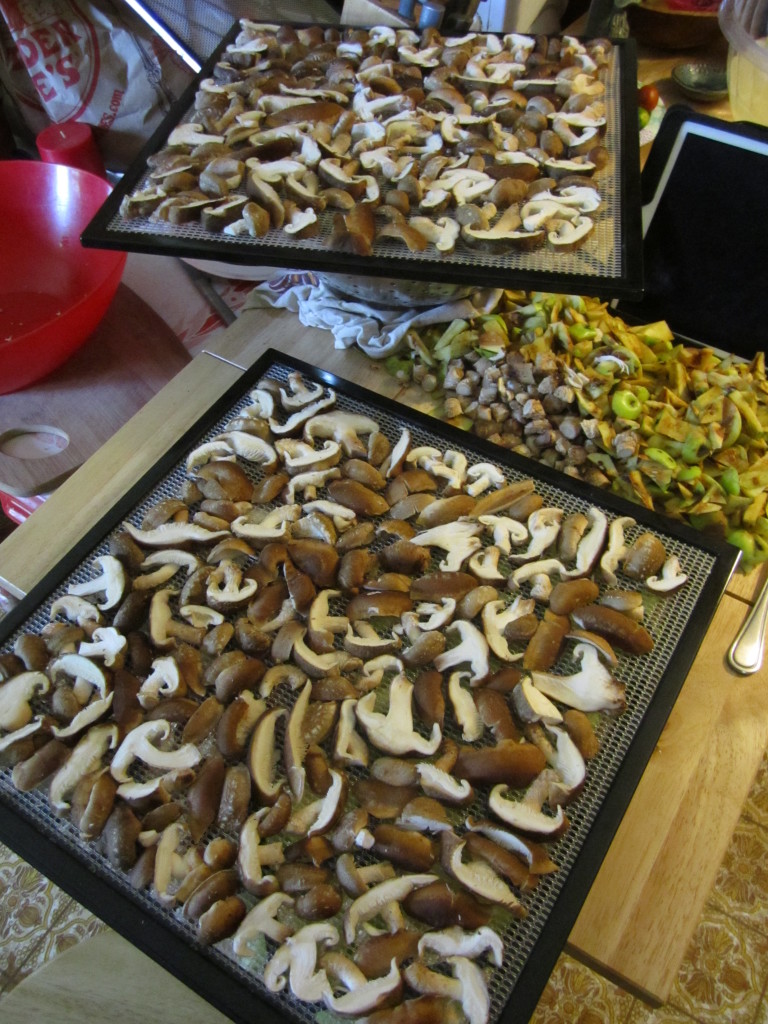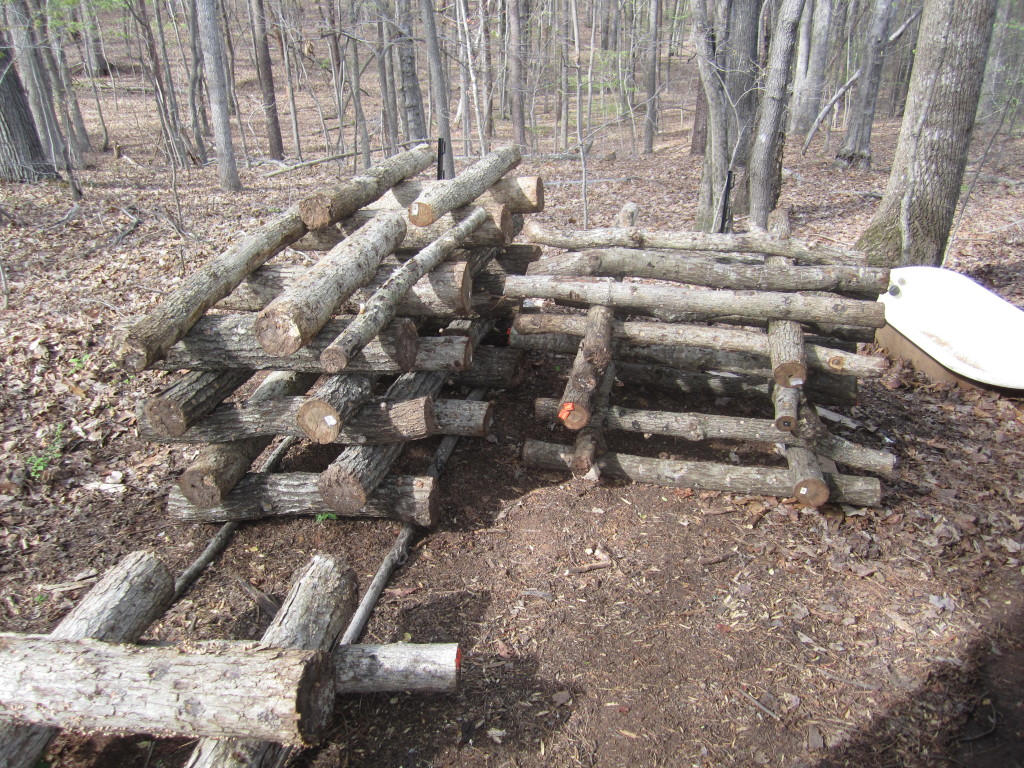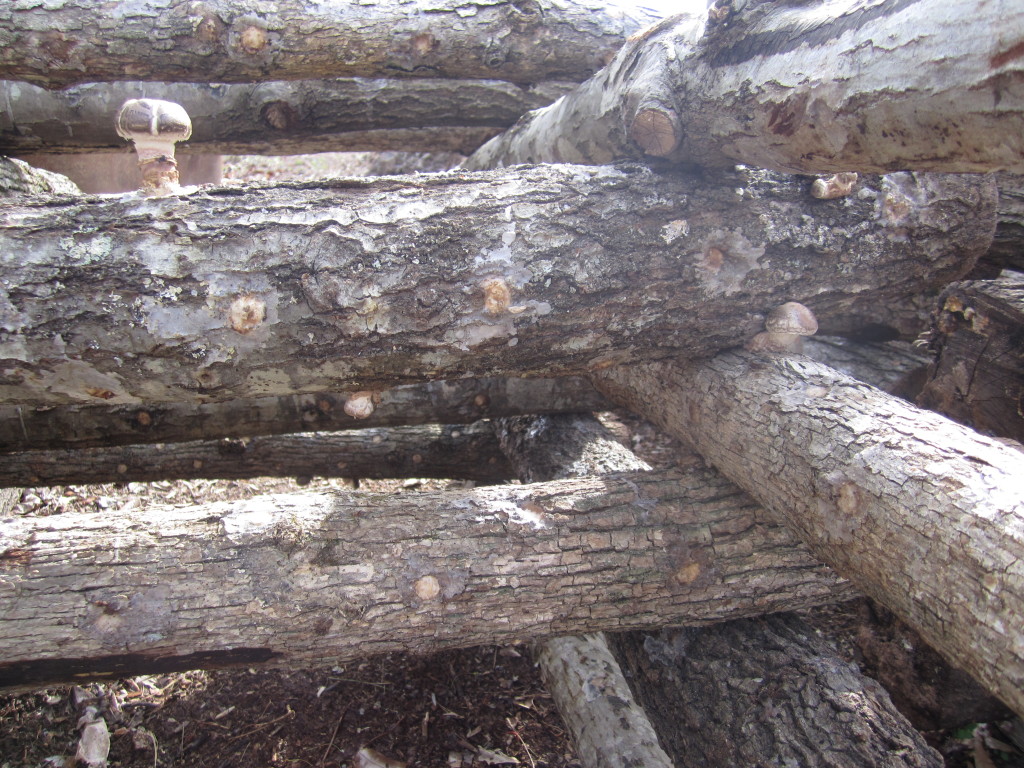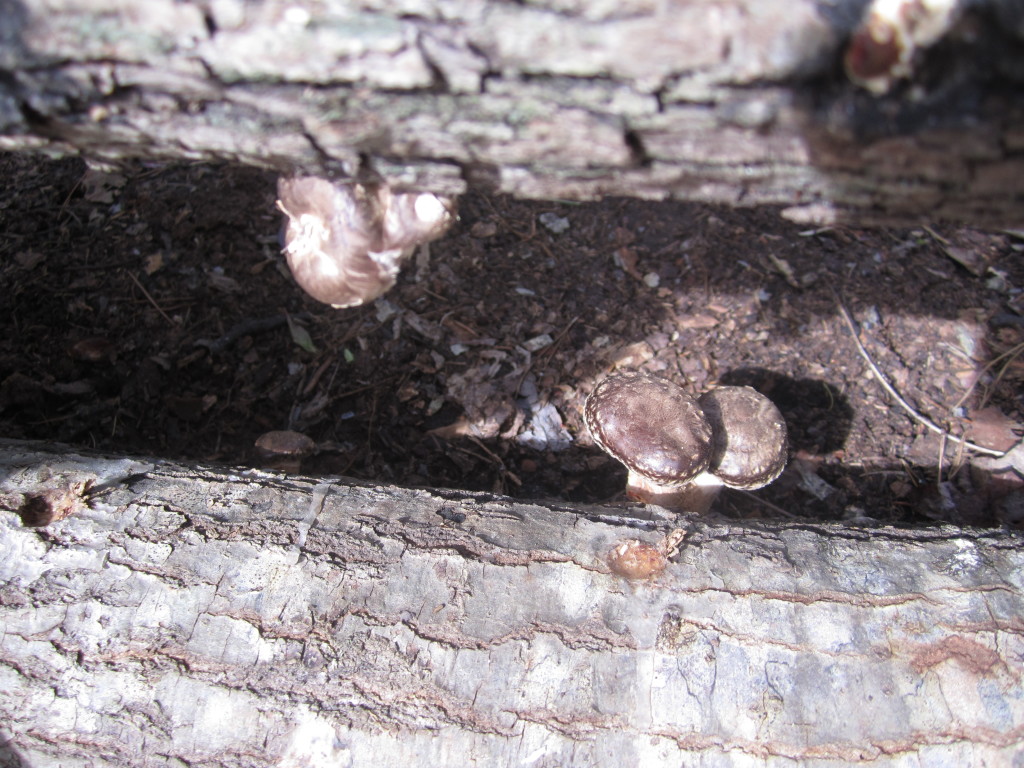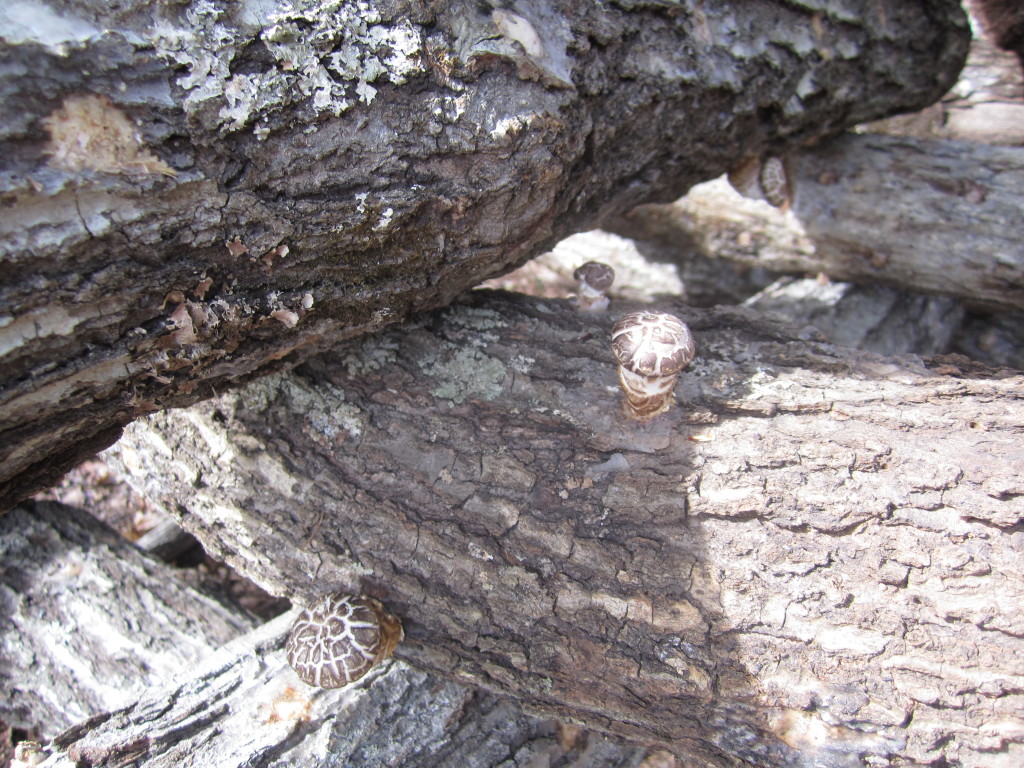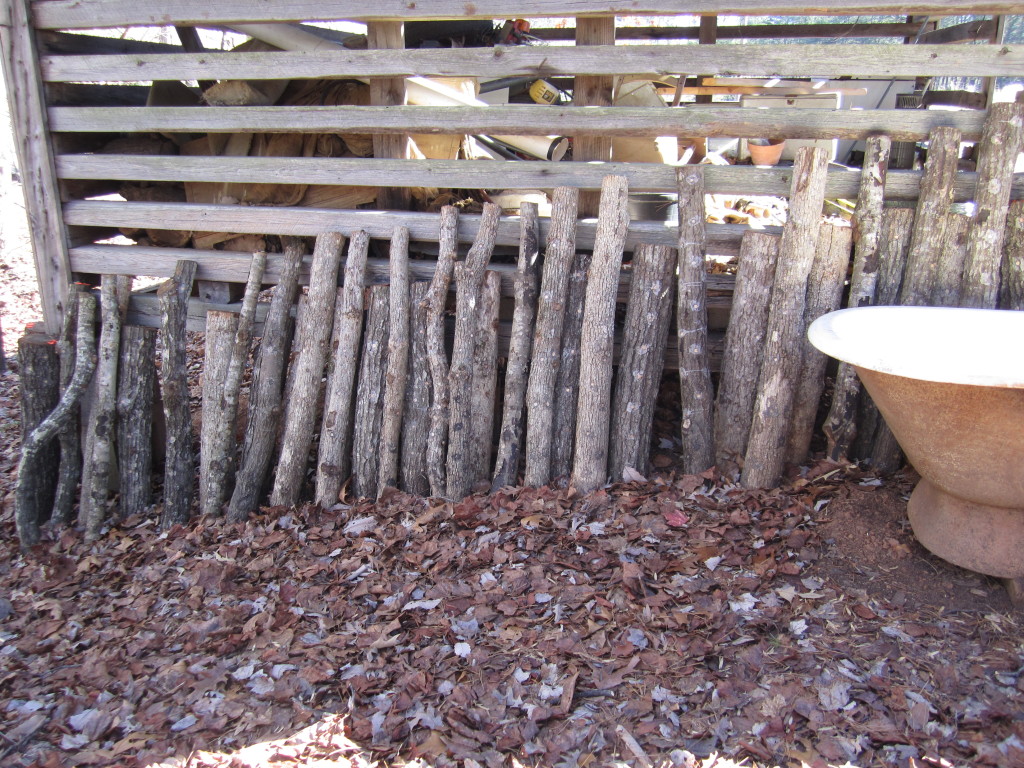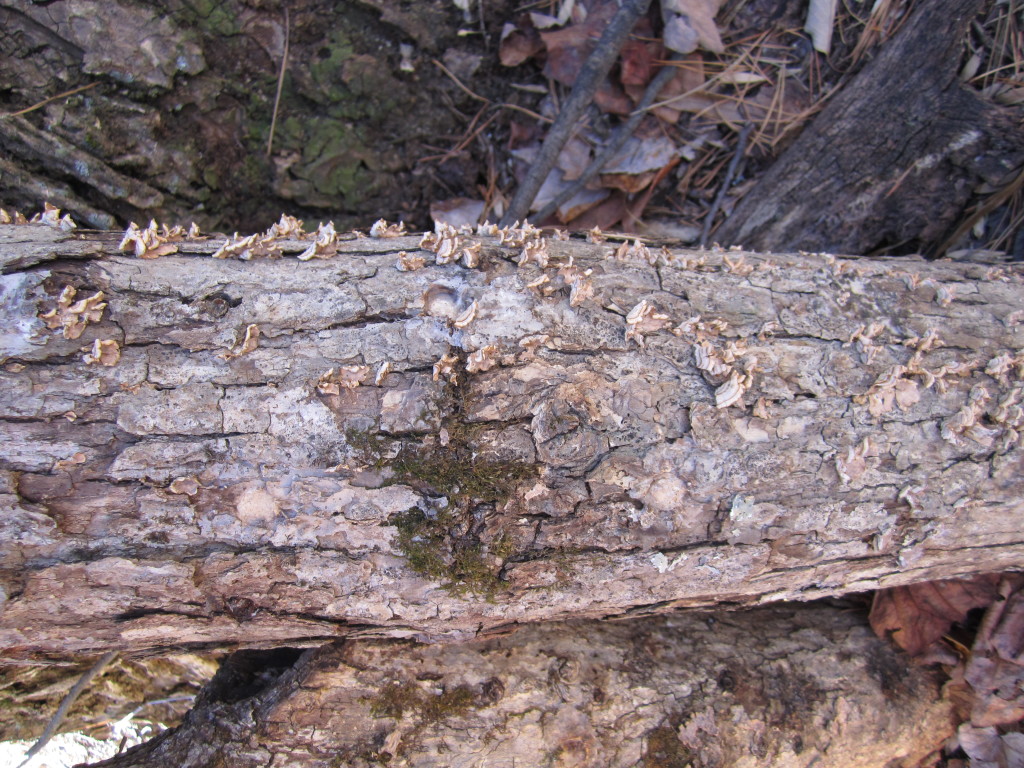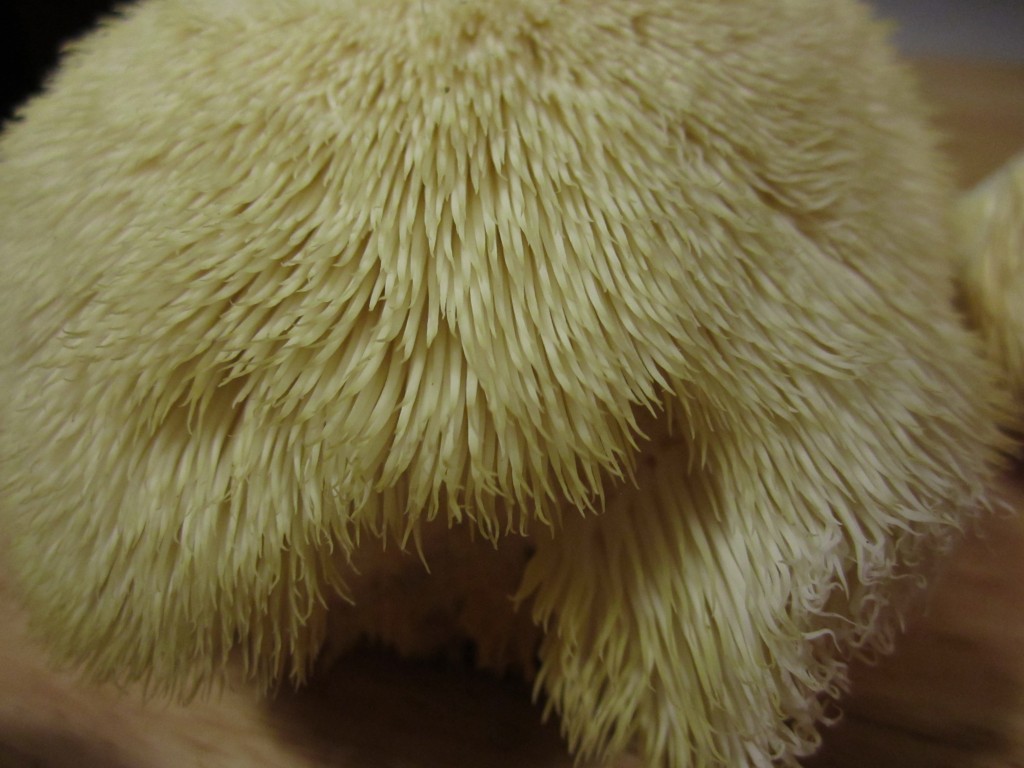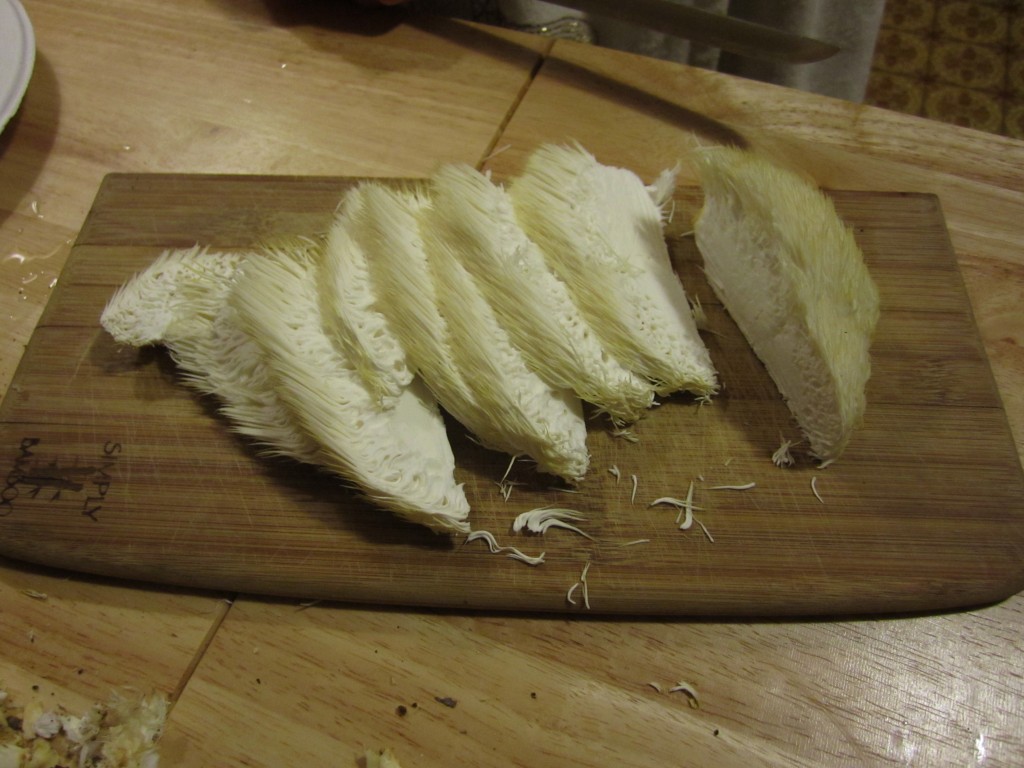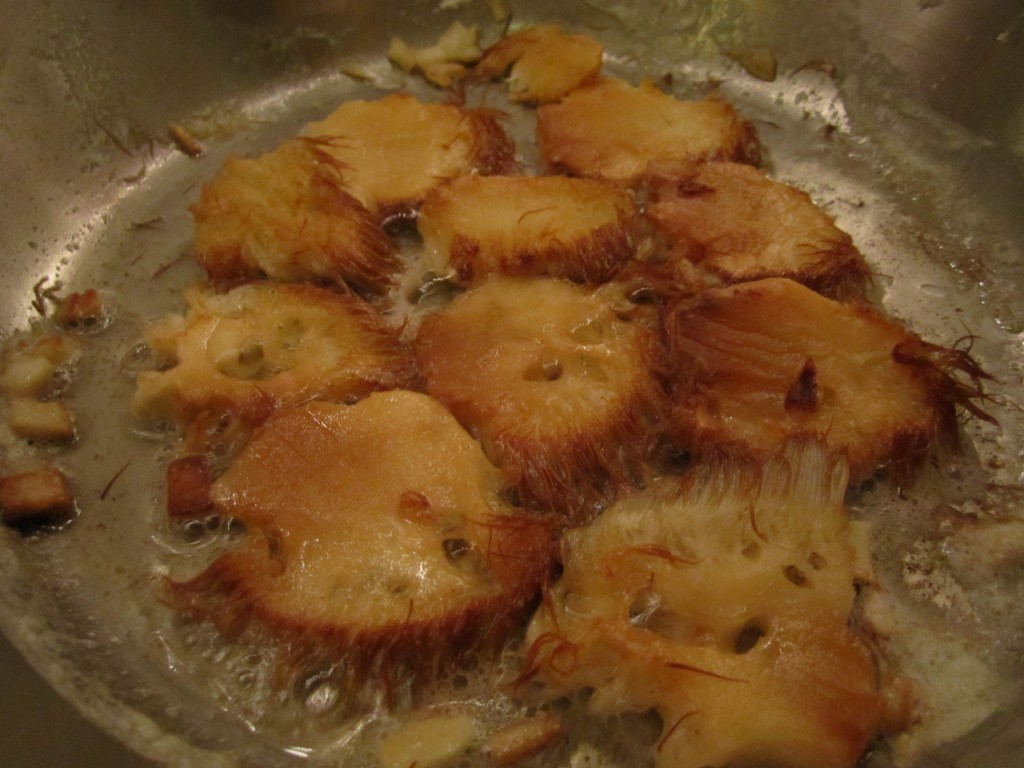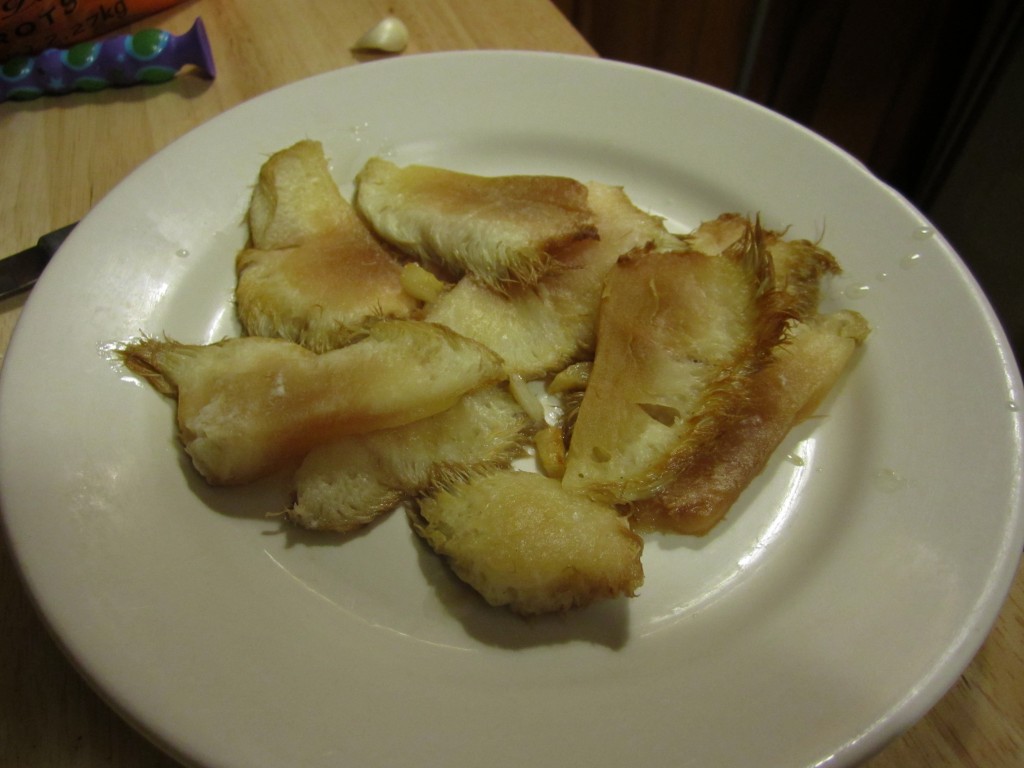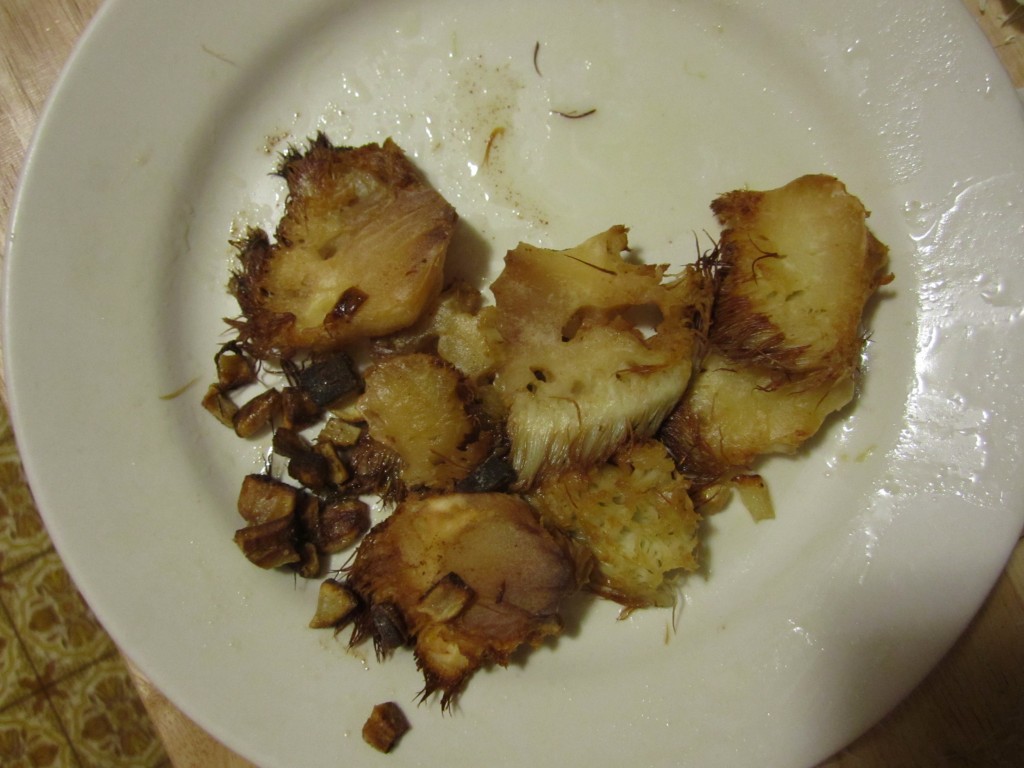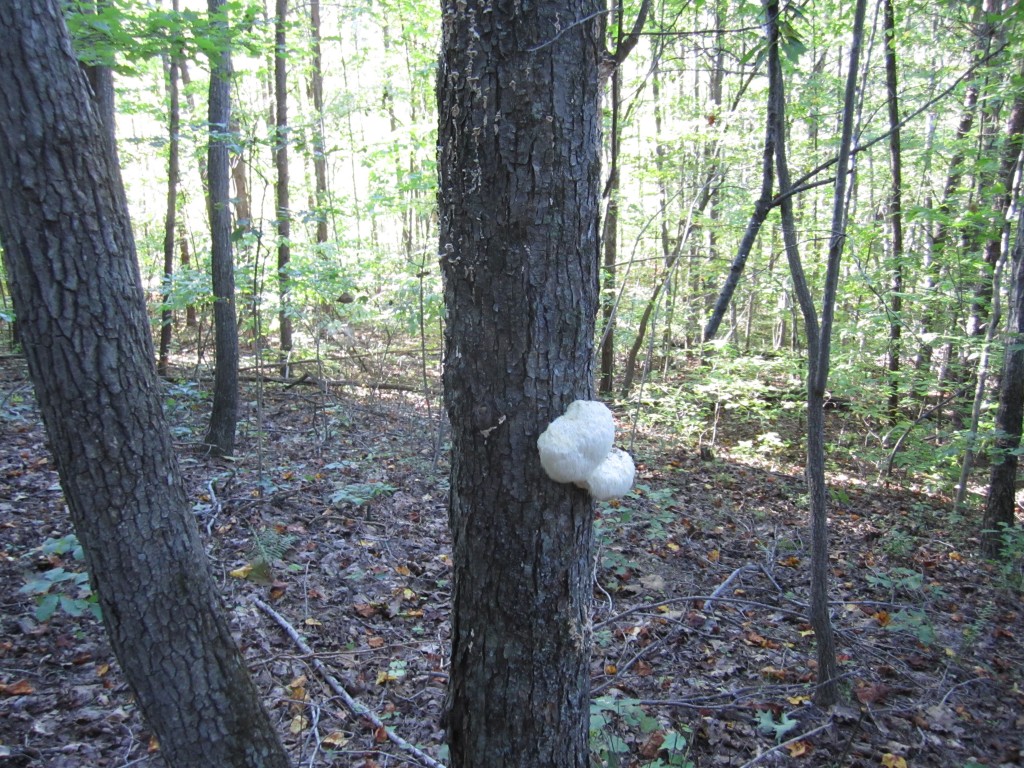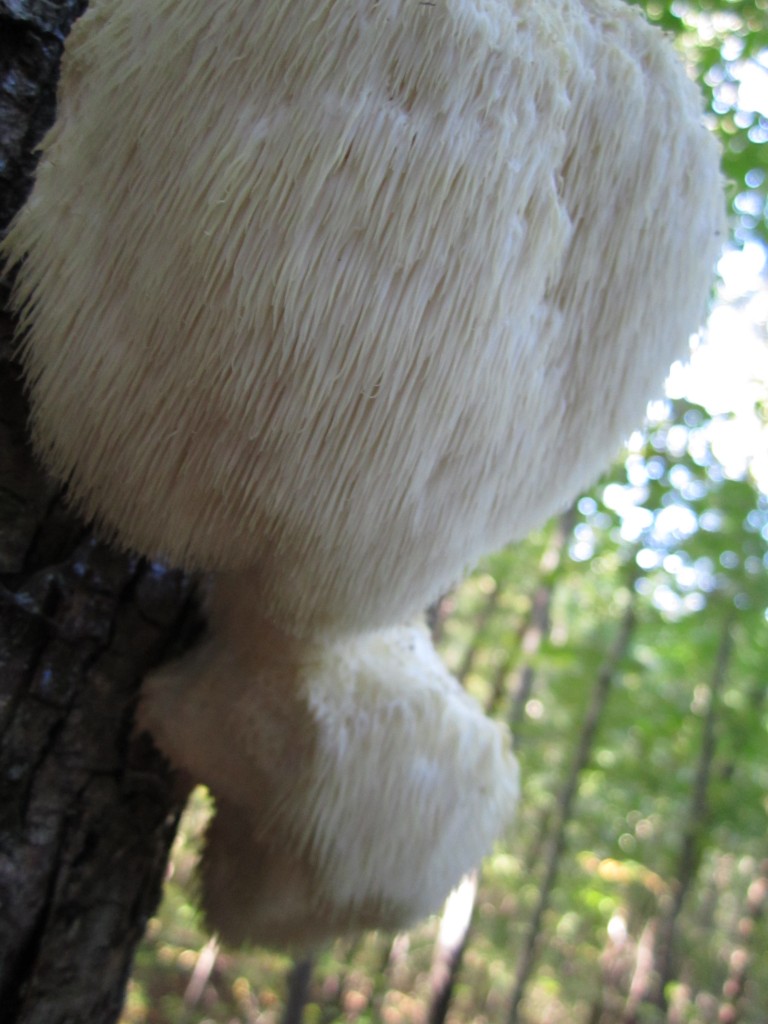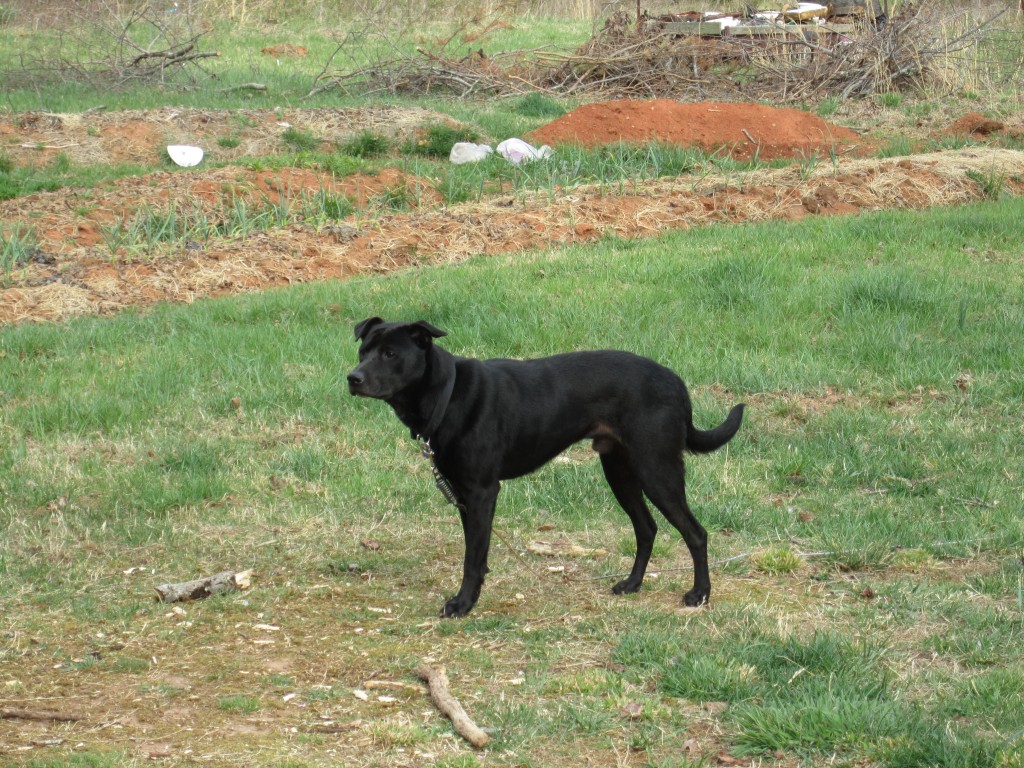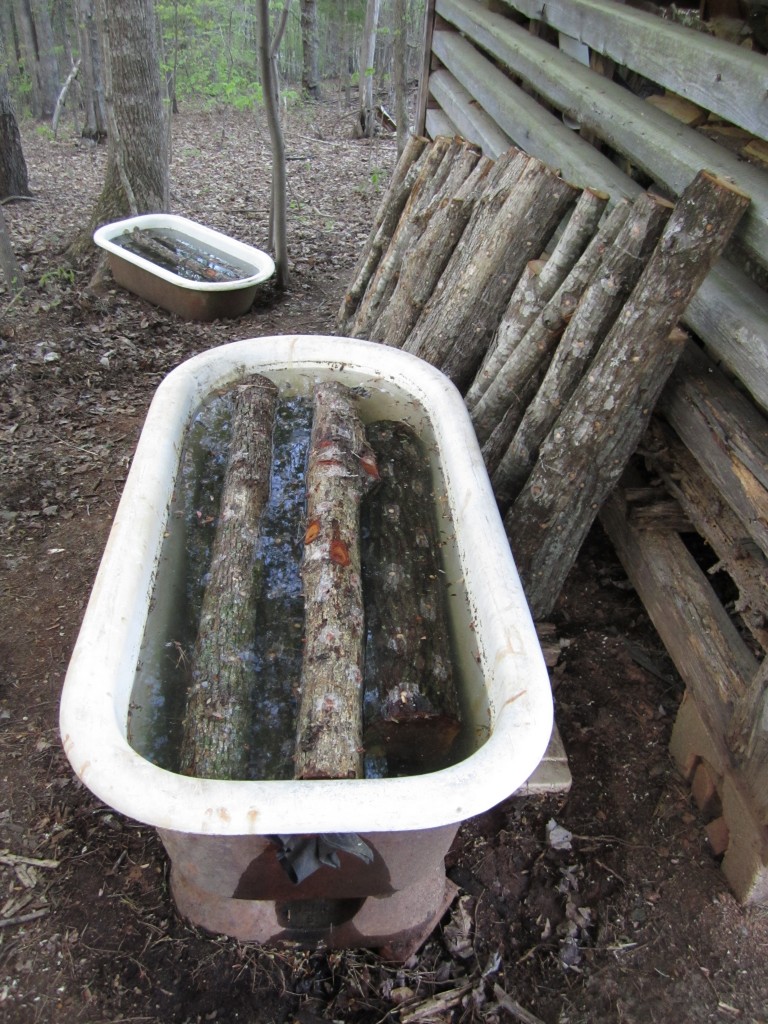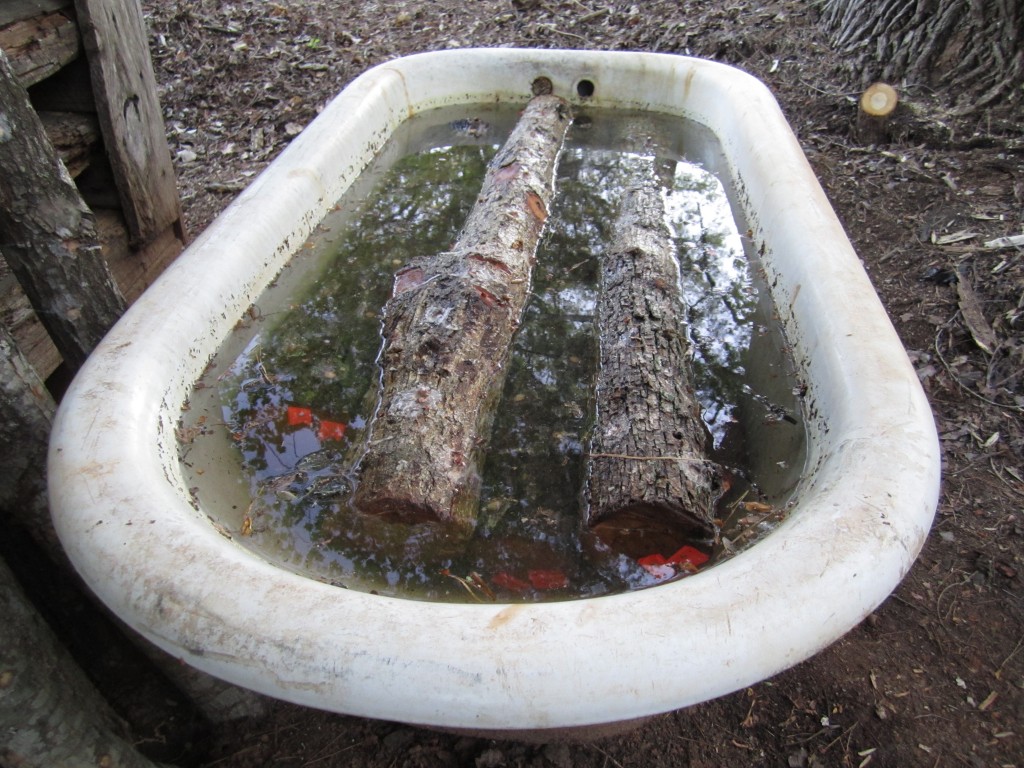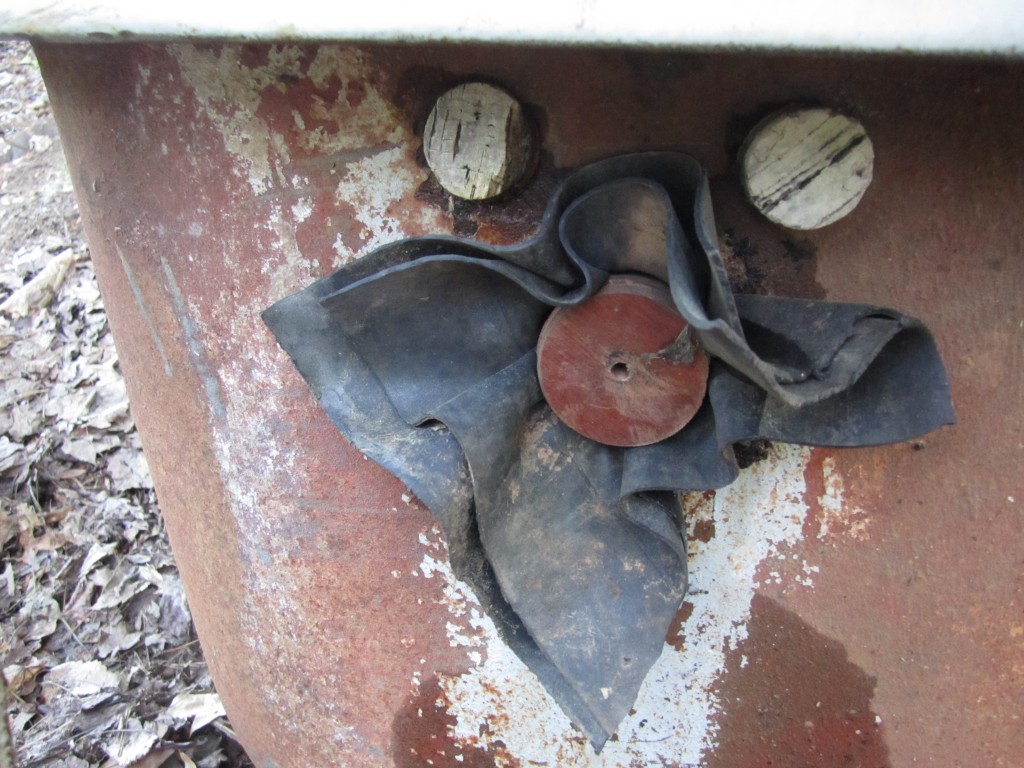The millions of acres of American Woodlands have, for the last 2 centuries, been mined not managed. They have been stripped, clearcut, set on fire, and replanted with short rotation mono-crops to the point that many of our mature woodlands and forests bear little resemblance to healthy and natural woodland communities.This has been done in the name of short term profits, and while the logging companies and sawmills made-out great, more often than not landowners received a stumpage price way too low, and were left with a degraded and less valuable piece of forest in the aftermath.
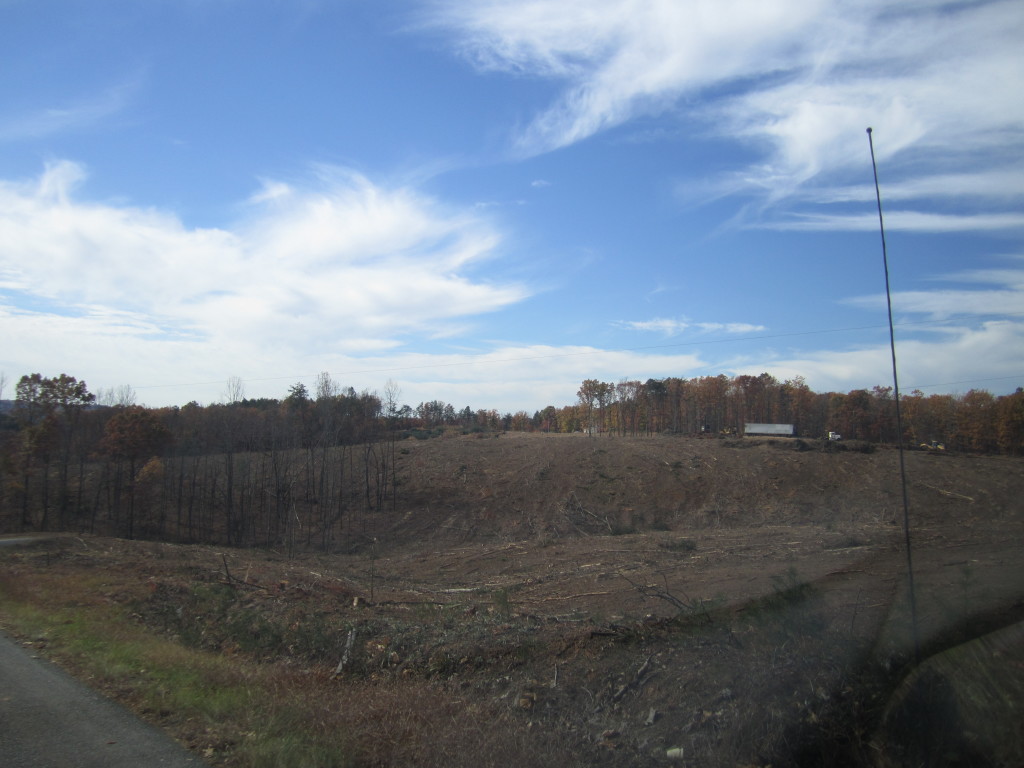
clear-cutting forests is rarely the best form of timber management
It doesn’t have to be this way though. Forests can be sustainably managed and designed to produce income for generations. With proper thinning, forest planning, tree selection, and management techniques, forest owners can ensure that their woodlot is not just a commodity to be firesold to save the farm, but a profitable ecosystem that increases in value over time, and can be passed on to future generations.
To do this e will have to go into these abused forests and asses the damage that countless “highgrading” cuts (a logging practice where all trees above a certain diameter are harvested, leaving the worst adapted and least valuable species standing) have left only stunted, poorly composed timber stands. Sometimes we may need to replant, or perform shelterewood and seed tree cuts to ensure proper forest regeneration, but often some thinning of poor quality trees, which can release trees of higher quality to achieve their full potential, combined with timber best practices like crop tree management, silvopasture, and coppice regeneration can bring degraded and abused forests back into sustainable productivity and profitability.
These thinnings wont always be of high enough value for commercial loggers, but this material does not need to be wasted. In fact,it can be extremely profitable. These crooked, small diameter and low value logs can be used for mushroom production on logs, firewood,craft wood, or even be sawed to length on portable bandsaw mills. Other uses can include fence posts,biochar prodcution, hugelkulture, and round timber construction.
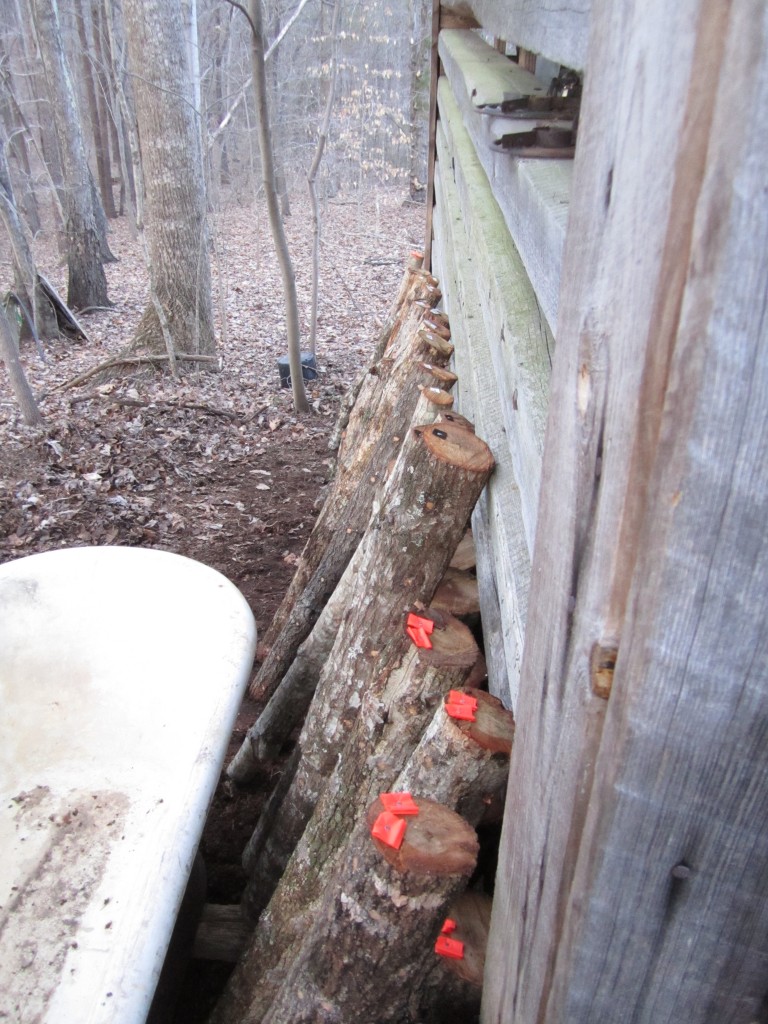
small diameter oak logs inoculated with shiitake mushrooms!
This is where the small woodlot managers have an advantage. It’s one thing to find uses for 2-10 acres of low value wood, but quite another when you are dealing with 1000’s of acres. Smaller forest owners, particularly those who live on the wooded acreage that they are managing, also have the advantage of constant contact and correction. They walk their property every week, sometimes every day and can notice things like diseased, dying and dead trees, and can quickly implement a strategy to deal with them. They can also easily diversify into many avenues of production. It’s very feasible for someone to combine a small shiitake mushroom operation on logs , a coppice grove for crafts, cut a few cords of firewood for home heating, put in a small food forest with edible tree and cane fruits, go hunting a few times a year for turkey, squirrel and deer, all while increasing the value of their timber, property and life.
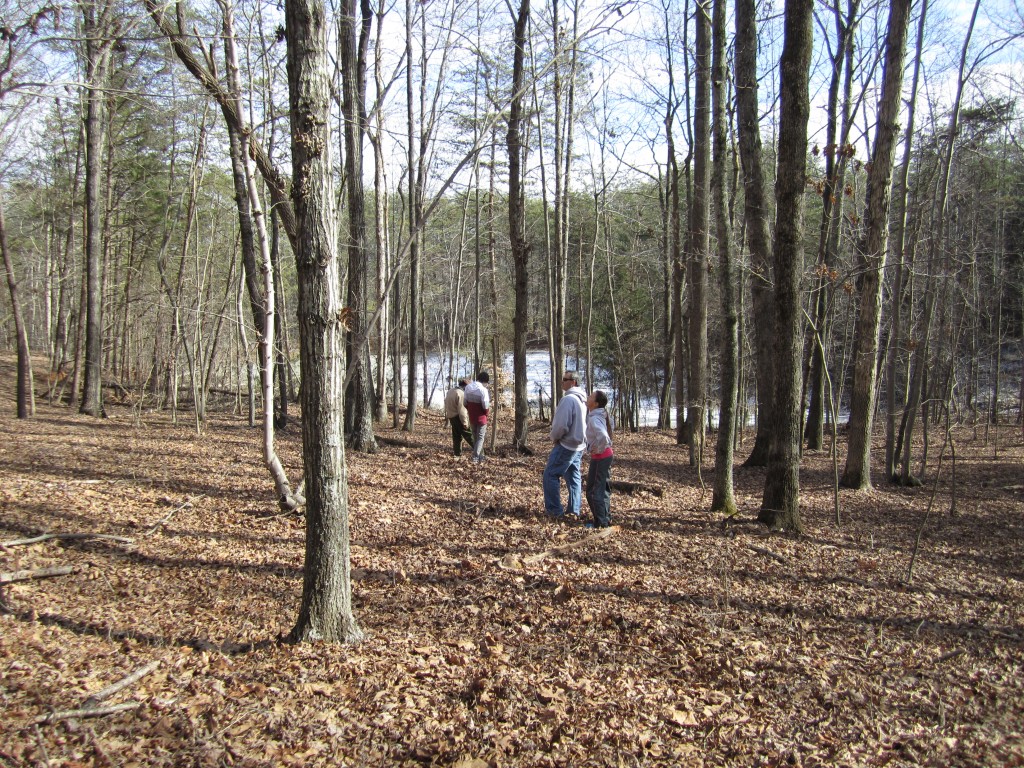
forest owners and managers should observe and interact with their woods in order to come up with goals, and management strategies
This is the key to timber management, the interaction between owner and forest. There cannot be a prescription for management until an owner knows what he/she want’s to achieve with their woodlot. After that, a timber inventory, and then a timber management plan can be created and implemented. From there, it transitions to the long and enjoyable phase of observations and interactions, all tailored to the goals laid out in the beginning. This can lead to many years of productivity, profitability, and sustainability, all from a woodlot that was worth only a fraction of it’s value, but with proper timber management, can be passed down for generations as it wealth accumulates.
